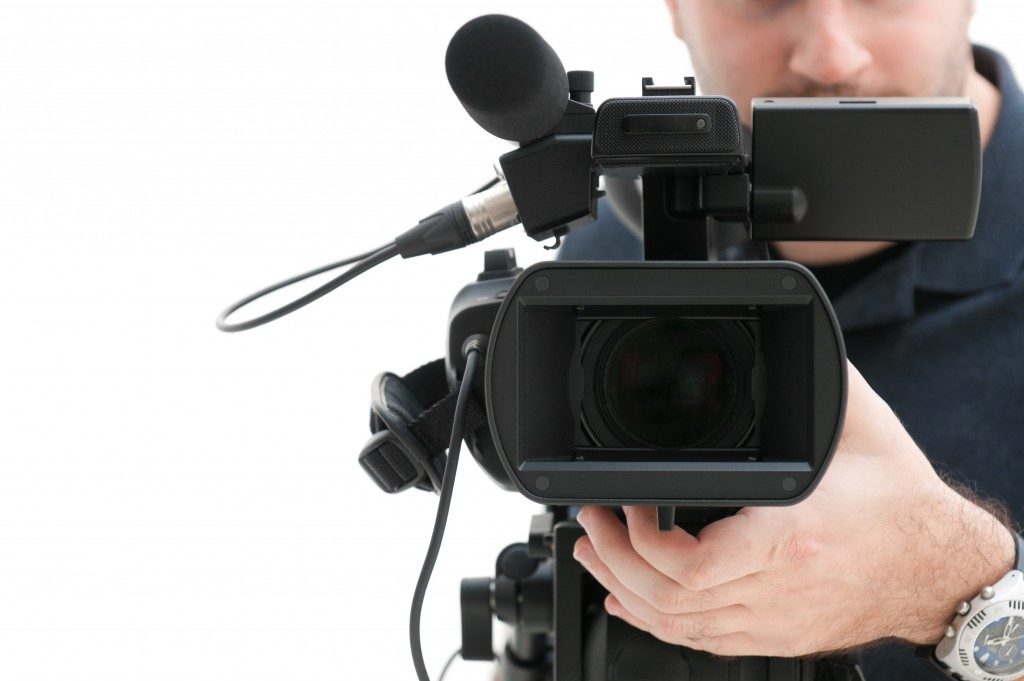With the new High Definition video quality, it’s like everything is under a magnifying glass. These days, even phones have zoom technology, HD capability, and it seems like every flaw can be seen under a looking glass.
However, the fundamental principles of taking videos, especially for commercial use, will still hold true. You will still need a Jimmy Jib, a technician, and multiple camera angles. The quality of the videos will change, but the standards of the craft live on.
There are many preparations needed to cover a live event. These are the essentials that you need to consider:
Safety and Security
While cameramen are committed to taking the best angles, part of their job is to secure themselves and their equipment. Cameras are very costly and they need to be taken care of. Anticipate possible challenges that may arise. If you are filming a volatile, high tension event like a rally or protest, it is best to have an assistant to keep tabs on what is happening at the surrounding areas while the cameraman concentrates on getting the shot.
When security becomes an issue, the priority is the cameraman’s safety, but he can still keep rolling. Shaky footage is still footage and you never know if they can be used with proper editing.
Shot Locations
The proper distance is very important as the closer the cameraman positions himself, they can cover more sights and sounds. However, the placement should have enough distance to allow him to take the best shot.
It is possible to zoom in and take a close shot during the emotional moments of the event to capture the raw expressions. For political campaigns, the audience would want to have clear details. They want to see the look in their eyes and check whether they fidget. Sincerity is an important trait and in the eyes of the viewers, the clearer we see the subject, the better the assessment.
The wide shot is used to provide context. It can give the viewers a hint of how big the event was, how many people attended, along with the crowd density. Viewers also want to see the crowd’s reaction, even those close to the stage or podium. Do they listen intently? Are they invested in the speaker? Or are they ambivalent? A wide shot can be very revealing on these details.
If there is only one cameraman on the scene, then he should find a position wherein he can take both shots or easily shift between them.
Level Angle vs. High or Low Angle

The level angle is the natural angle that we use to face and interact with people. It is easy to assume that this is the default mode for shooting a person or even animals. If there is an event overhead, like an airplane passing by, then the camera looks up. It’s like we are also present and on the site with the cameraman. The viewer is left with an immersive experience.
The high angle offers a more objective experience since it gives you a distance from the subject. It detaches you from the subject and the high angle also makes him humbled or diminished in a way since the impression it offers is that we are looking down.
The low angle provides the same objective impression, but the subject is perceived as larger than life, imposing, and dominant.
There are many things to consider when you’re behind the cameraman. You have to consider what impression you give the viewer. It will really make a difference, so we need to study how to approach the coverage.